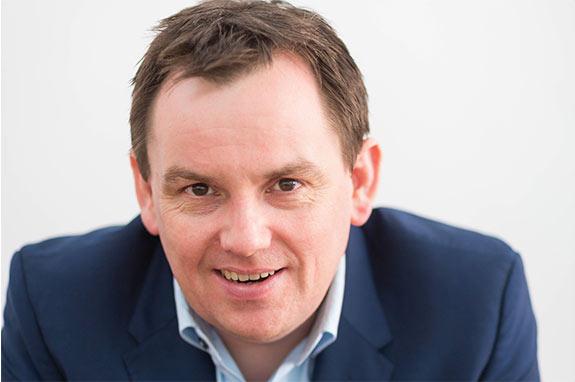Nucleus AUM clears £15bn

David Ferguson
Nucleus Financial Group, the Edinburgh-based adviser built wrap platform, has posted results showing that assets under administration (AUA) broke through the £15 billion barrier in the second quarter.
Despite an “unsettled” climate, AUA at the fintech continued to rise in the three months to 30 June, climbing 6.9 per cent year-on-year and 3.9 per cent from the previous quarter to £15.3bn.
Nucleus contrasted its growth with the FTSE All-Share Index, which fell by 3.5 per cent year-on-year and increased 2 per cent over the quarter.
The fintech attributed this to higher outflows from “a small number of firms that have been acquired by consolidators”.
But gross inflows for Nucleus increased for the second consecutive quarter and were up 4.7 per cent on the previous quarter.
The company also increased the number of advisers “actively using” the platform by 1.9 per cent year on year to 1,383.
Customer numbers rose to 95,657, an increase of 1.6 per cent from the previous quarter and 5.5 per cent compared to last year.
Nucleus also said it had continued to invest in its core platform, boosting its pensions and drawdown offerings as well as switching its stockbroking service to lower costs.
David Ferguson, Nucleus founder and chief executive, said the results were “pleasing against a backdrop of unsettled market conditions driven by ongoing political and economic uncertainty, which is likely to continue into Q3”.
He added: “The change to our technology model in November 2018 increased our change velocity. In Q2 we have delivered a substantially improved pensions and drawdown capability, alongside a new stockbroking service that brings significantly reduced trading costs for clients, and completed our Mifid II regulatory costs and charges disclosure.
“Having delivered a number of propositional changes in the first half of the year, we intend to continue to build on this momentum with a series of further enhancements that will improve service delivery and operational resilience.”




